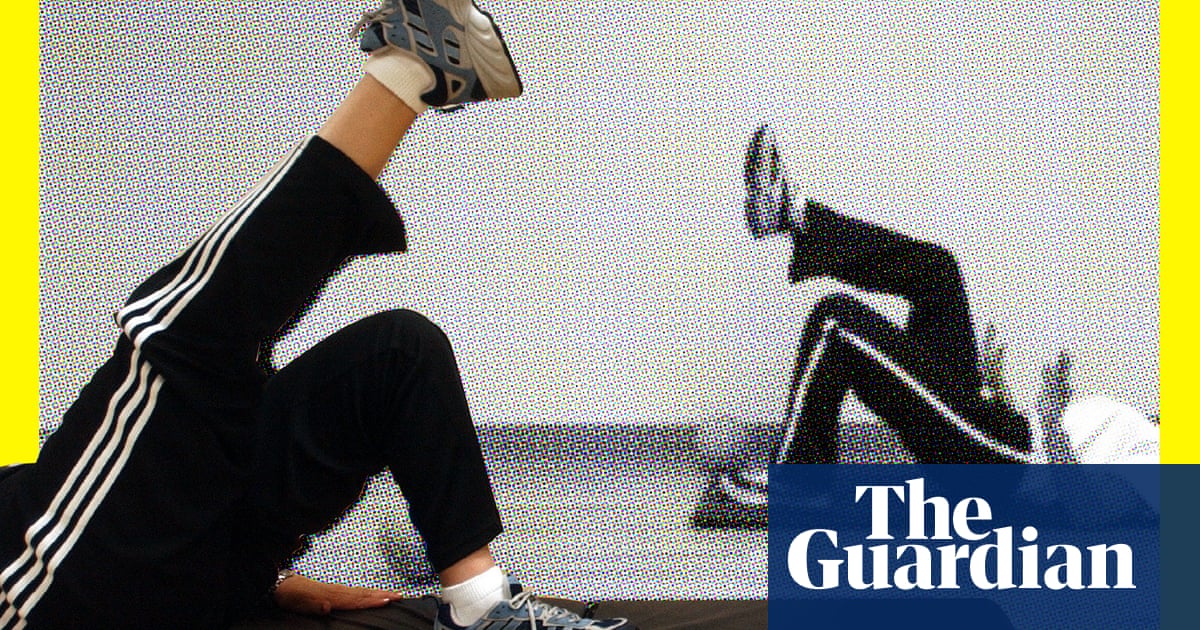Thepelvic flooris an essential but often overlooked and misunderstood part of the human body. Some people don’t even know they have one.
“We’re never really taught about it,” says Dr Sara Reardon, a board-certified pelvic floor therapist and author of Floored: A Woman’s Guide to Pelvic FloorHealthat Every Age and Stage. “We don’t really get any education about how these muscles work and what’s normal.”
The pelvic floor is “a basket of muscles that sits at the base of your pelvis”, Reardon explains. It supports the pelvic organs: the bowel, bladder, and uterus or prostate. These in turn support the spine, and play an important role in sexual health and urinary and fecal continence.
When the pelvic floor is working well, we tend to take it for granted, says Dr Ekene A Enemchukwu, a urogynecologist and director of urology at the Stanford Pelvic Health Center. But when it is not functioning correctly, “it can significantly impact functionality and quality of life,” she says.
Common pelvic floor disorders include urinary or fecal incontinence, pelvic organ prolapse, pelvic pain and sexual dysfunction, says Enemchukwu.
We asked pelvic health experts what are the biggest myths about the pelvic floor, and how to care for yours.
“Everyone has a pelvic floor – males, females, children,” says Reardon. The three biggest risk factors for developing pelvic floor disorders – pregnancy, birth and menopause – tend to affect women, but pelvic floor disorder is still common in men, says Reardon.
Men with pelvic floor disorders can experience urinary incontinence, fecal incontinence, rectal prolapse (from chronic straining or constipation) and pelvic pain from tension in the pelvic floor muscles, says Enemchukwu.
Even in people who don’t experience pregnancy or childbirth, the stress and strain of everyday life can take its toll on the pelvis, says Dr Cassandra Kisby, a urogynecologist and assistant professor at Duke University hospital. “The pelvis can respond to our environment, our emotions, our traumas,” she explains. “We carry stress in our pelvic floor, and that affects its function.”
One of the biggest mistakes people make when it comes to their pelvic floor health is not distinguishing between common and normal symptoms, says Kisby.
“Many things that happen to the pelvic floor are common, but don’t need to be accepted as the norm,” she says.
Pelvic floor issues are extremely common. Urinary leakage, for example,affectsroughly 50% of adult women, and 75% of women over the age of 65. Anestimated75% of women will experience pain during intercourse.
“I have women come in and say: ‘I have three babies, and I leak sometimes when I sneeze and I have to change my clothes, but that’s normal for my age.’” But it doesn’t have to be, says Kisby. “I really urge patients to think about quality of life and what we can do about it because there are treatment options.”
Patients often have to advocate for themselves when it comes to pelvic health.
“Physicians aren’t screening women for these issues,” says Reardon. Because the pelvic floor affects so many systems in the body, it can also be difficult to know which doctor to ask about it.
“Our medical world is so siloed,” says Reardon. “There’s one doctor who looks at the uterus, one who looks at the colon, one who looks at the bladder – but nobody’s looking at the muscles, which is the intersection of all these things.”
The people who do look at these muscles areurogynecologists. But according to Kisby, “many women don’t know what a urogynecologist is.”
“We need to find ways to improve awareness, screening and access to multi-disciplinary care,” says Enemchukwu. “Patients do not need to suffer in silence.”
Sign up toWell Actually
Practical advice, expert insights and answers to your questions about how to live a good life
after newsletter promotion
If someone has heard about the pelvic floor, they’ve probably heard aboutKegels.
The exercise is buzzy. Gwyneth Paltrow’s Goop sells multiple Kegel-relatedproducts.Celebritiesboastabouttheir Kegel routines. But according to experts, Kegels are not the be all and end all of public health. And for some, they could do more harm than good.
Kegels are a pelvic floor exercise in which the muscles of the pelvic floor are contracted. “It’s closing those urinary and anal sphincters and lifting that basket of muscles up,” explains Reardon.
The exercise shortens and tightens the muscle. It can be helpful for regaining some strength after childbirth, or to address mild cases of incontinence. But for some, pelvic floor issues are a result of the muscles already being too tight, and Kegels only worsen symptoms.
For tension in the pelvis, Reardon recommends working on relaxation: “more yoga-type stretches, breathing, massaging the muscle internally and externally to release some of that tension”, she says.
But talk to an expert first.
“Ideally, care should be individualized and guided by a professional,” says Enemchukwu.
In some cases, pelvic floor injuries present years after they first occur.
“Many women have a childbirth injury of some degree, and oftentimes it will temporarily get better during the initial healing that our body does,” explains Kisby. But then, patients come back 10 or 20 years later “when their symptoms start to become more prominent”.
Fortunately, it’s never too late to start working on pelvic floor health, experts say.
“Some folks feel like if they’ve experienced something for a long time, they’re beyond help,” says Reardon. “But at any age you can start working on this and you can get improvement.”
